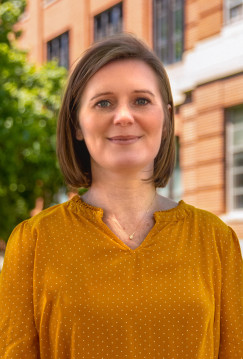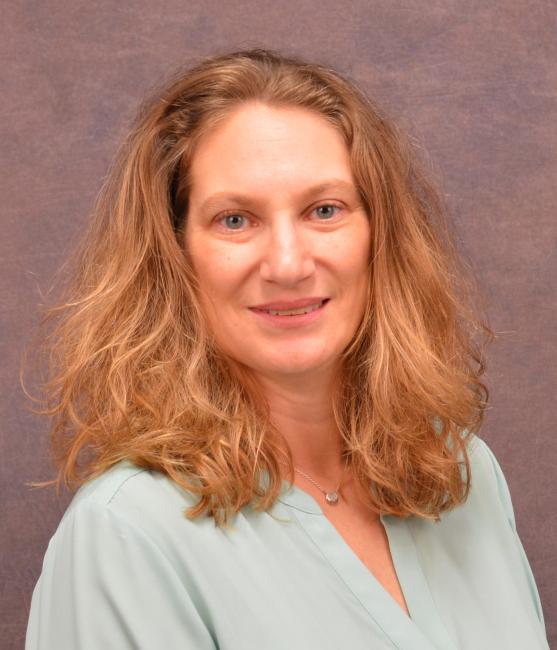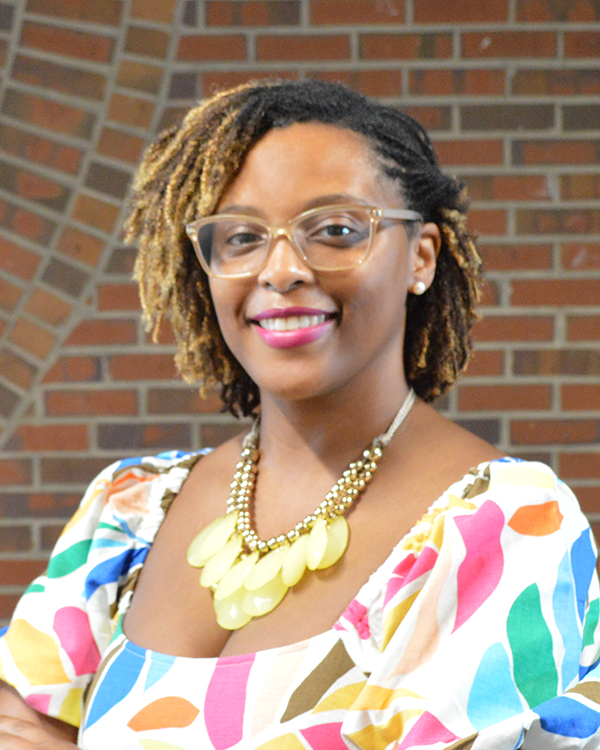
Reading difficulties continue to be a pervasive public health issue. Many children, particularly those from marginalized populations, experience difficulties learning to read. In many cases, it’s because they haven’t developed phonemic awareness — the ability to recognize and manipulate individual sound units in words, such as the different sounds the letter a can make in different words.

Decades of basic research into the science of reading have established that this ability is essential to learning to read. However, we know less about the science of teaching reading, or how to most effectively and efficiently support children’s achievement of phonemic awareness.
Scholars disagree as to whether young children should be taught phonemic awareness or start with larger units of sound, for example in compound words such as bat-man or air-port.
A new project, titled “Optimizing Early Phonological Awareness Instruction to Support Reading and Spelling Acquisition,” will add to the science under the guidance of Professor Shayne Piasta, an internationally recognized researcher on literacy in the college’s Department of Teaching and Learning. She will work in conjunction with collaborators Beth Phillips, Chris Schatschneider and Lakeisha Johnson at Florida State University.



Funded by a $3.2 million, five-year grant from the National Institutes of Health, the researchers will determine best practices for facilitating young children’s development of phonemic awareness and continued literacy success.
In Ohio, Piasta and her team will identify preschool and kindergarten children in Columbus City Schools and other local schools who may benefit from additional support to develop phonemic awareness. Additional preschool and kindergarten children will participate in Florida.
Some students will receive 6-12 weeks of extra instruction during the school day. They will either start with phonemic awareness or first be taught to manipulate larger units of sound.
The team will follow children from preschool or kindergarten through first grade to see impacts on conventional reading and spelling outcomes. They will also study when phonemic awareness instruction might be most impactful.
“I am thrilled to collaborate with Columbus-area schools and my FSU colleagues on this research,” Piasta said. “Together, we will not only provide extra early literacy instruction to students, but also answer important questions about how and when to teach phonemic awareness. The findings will directly inform classroom literacy practice.”
The results of this project will contribute to the basic science, helping us understand how children learn to recognize sounds in words and how this affects their reading and spelling skills.
The findings also will help guide the creation of learning standards, teaching methods and support programs to better prevent and address children’s reading difficulties.
Curriculum developers and reading teachers alike will be able to use the results to help struggling readers achieve reading fluency.
Piasta’s research group, the Early Literacy and Learning Lab, is located at the college’s Crane Center for Early Childhood Research and Policy, where she is also a faculty associate.




